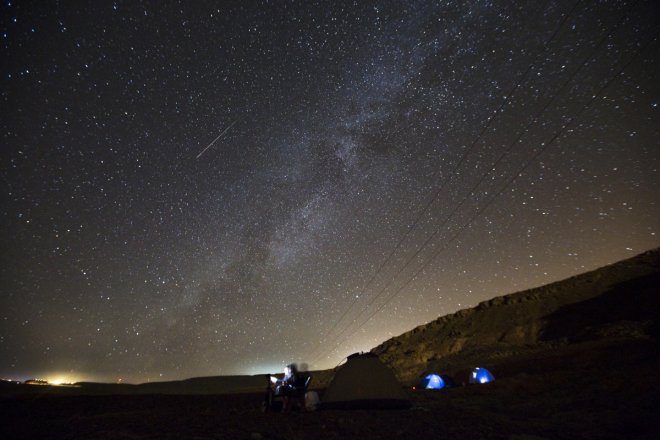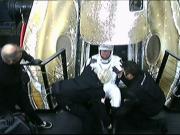
The asteroid watchers have lots more to see this week as the Orionid meteors, the debris of Halley's Comet to give a visual treat in the sky.
The Orionids are visible during the mornings and evenings of the week from Oct. 16 to Oct. 26. The best day suggested for the viewing would be on Oct. 21, when it is nearest to the earth. The best time to watch the comet is from 2 am in the morning to the dawn.
NASA said that the comet would be visible in the darker part of the sky nearby the Orion constellation. The Orion, which is also known as the hunter, could be seen above the head in the south-east direction.
The last Orionid is expected to be seen in the mid-November.
According to the Independent's report, Tom Kerss, an astronomer at the Royal Observatory Greenwich said, "We expect the peak to occur on the night of 21/22 October when the young crescent Moon will set conveniently before the radiant of the shower-the point from which the meteors appears to spreadout-rise in the east."
Tom Kerss stated that Meteors can appear anywhere in the sky and it is better to look at them in the eastern direction. The comets would be more visible when the Orion is at its highest point.
The countryside rather than the cities would be the beset place to view the meteors which cannot be fully visible when intense lights are there.
The comets are composed of frozen gases like methane, ammonia, carbon dioxide and water vapor. They burn when sunlight falls on it as it shoots through the sky.








